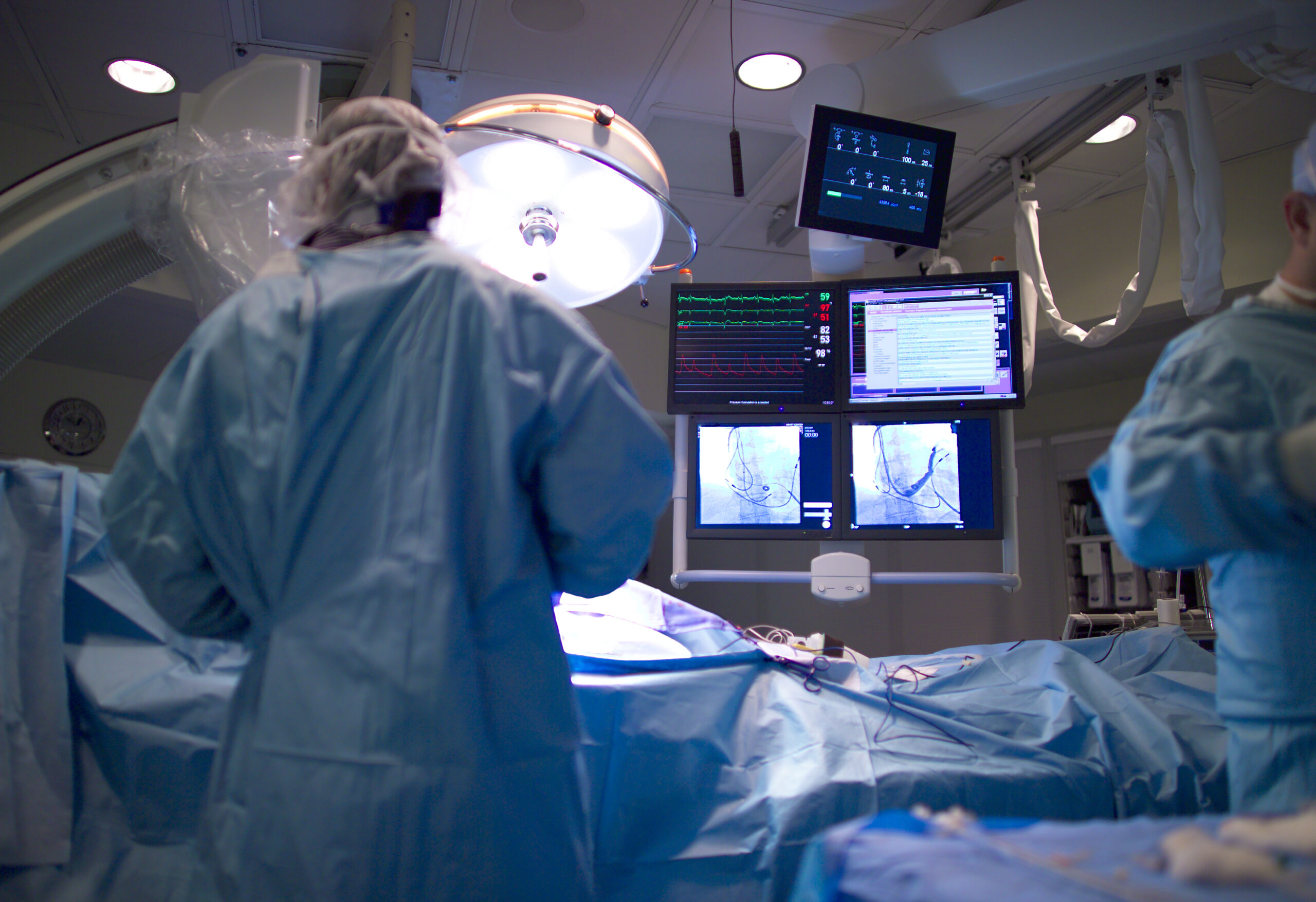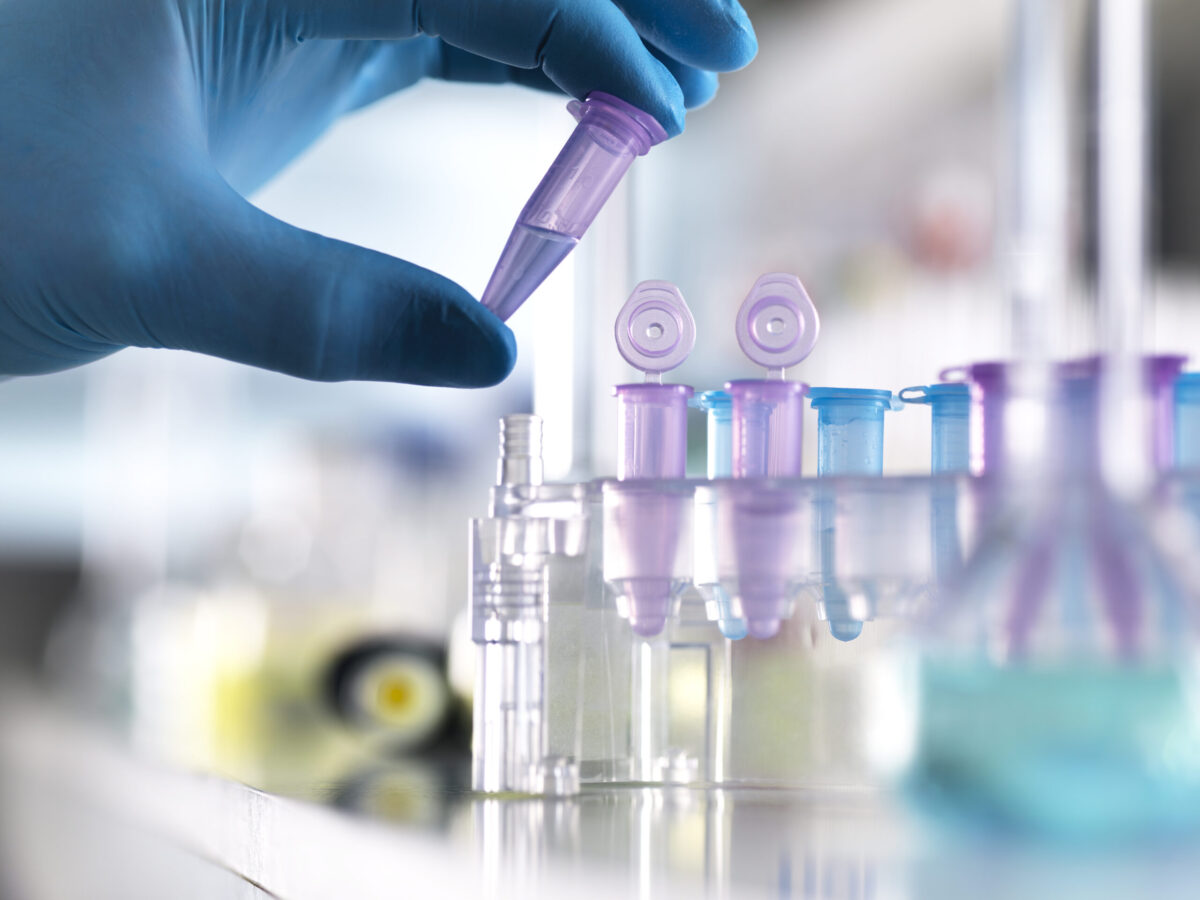The COVID-19 pandemic has changed working life around the world, with lockdowns forcing millions to work remotely while balancing their home and child-care responsibilities. However, many types of work cannot be completed remotely, including medical care, food service and transportation. To keep these workers safe, employers have implemented social distancing protocols in the workplace, for employees and customers alike.
Laboratory research is among the industries where work cannot be completed from home. Access to laboratory reagents, equipment and research subjects is a necessity for researchers to complete their experimental work, as well as care for live cells, plants or animals. As a result, social distancing measures are being implemented in research laboratories, but unlike other workplaces, they face several unique challenges.
Laboratories are often tight spaces, which makes social distancing inherently difficult. The bench spaces where laboratory work is completed are small and close together, leaving little room for keeping distance between colleagues. Large equipment, including centrifuges, imaging systems and fume hoods, are shared among all lab members, and are usually located between individual workspaces, meaning that a scientist will have to cross over their colleagues’ workspaces multiple times during the course of a single experiment.
The only way to guarantee safe distances between researchers is to limit the number of people in the laboratory at a given time. This implies the need for a fairly tight schedule to ensure that everyone has enough time to get their work done, with enough flexibility in the schedule to accommodate the inherent unpredictability of experimental work.
Experiments may take longer than anticipated or may fail altogether and need to be repeated, requiring an adjustment to the time slot bookings for other researchers. Otherwise, a single failed experiment could put a research project significantly behind schedule.
This is further complicated in the case of time-sensitive experimental work. For example, research involving live subjects such as cultured cells, plants, or animals must follow a timeline reflective of the subjects’ lifecycles. These cannot be adjusted, and certain procedures or measurements must be completed within a specific, and often short, window of time.
Furthermore, live subjects require regular care, which cannot be postponed. Animals must be given regular food, water and medical care, plants must be monitored for their water and nutrient levels, and cultured cells are notoriously sensitive to environmental conditions and must be tended to closely to be kept alive and in good condition for experiments.
Equipment shared between multiple laboratories, or in some cases, entire facilities, is another barrier to social distancing, as personnel from multiple research groups will need to enter and exit the space, often on a tight timeline. Booking time slots for individuals to have access to specific machines is a good solution, but becomes increasingly complex with a greater number of users, especially if they are from different research groups. The amount of time allotted to each user must have enough buffer time for the researcher to accommodate unexpected delays, while not being excessively long such that it becomes wasteful and negatively impacts the efficiency of the research facility.
The iLab Software
Laboratory Management Software has been used to organize schedules around shared laboratory equipment and assets for a number of years already. Having a central system on which to book time slots for equipment use allows all researchers within a laboratory or research facility to have equal opportunities to access the tools they need. With the new social distancing requirements of the pandemic, a centralized software system for laboratory management is more important than ever before.
Agilent’s iLab software is a web-based tool for asset management that was designed to support operations for laboratories and shared-resource facilities. The functionalities of iLab include a calendar module for reserving resources, as well as modules for access control for sensitive equipment, time and cost-tracking, and managing inventory in laboratories and stock rooms.
The iLab software allows laboratories to streamline their operations, and is currently implemented by over 1,800 core facilities and other shared-resource facilities across over 200 organizations in North America, Europe, and the Asia-Pacific region. The core facilities management module can manage requests, make reservations for resource scheduling, store customer and billing details, track inventory and sample locations with barcoding, as well as search, filter and save publications.
The instrument access management module allows facilities to manage their personnel’s access to shared equipment, whether they are connected locally, or on an external network. The module is able to track equipment usage in real time and compare it against scheduled bookings.
These modules are the ones most relevant to implementing social distancing in the laboratory, but the software also has modules available for publication tracking, sample processing management, and automated management of overarching projects. This means that iLab will continue to be valuable laboratory management tool even after the pandemic is over.
A New iLab Module to Facilitate Social Distancing
The COVID-19 pandemic has required laboratory personnel to implement social distancing. The team at iLab responded to this requirement by developing a new standardized iLab module that is now available to customers. By using innovative thinking and collaboration across the research and development, customer success, and marketing departments, and by skipping the typical months-long lead time for complete iLab Operations Software customization and installation, members of the iLab team were able to bring this enhanced functionality to market with unprecedented speed.
“The team jumped at the chance to innovate,” says Chris Lopes, the head of Global Business Development for iLab, in an article published by Lab Manager. He describes how the team went directly to customers to learn about their needs for a novel calendaring solution that would facilitate social distancing.
The new iLab module is able to schedule shared spaces, including laboratories and office spaces, as well as individual instruments. A major feature of this software package is the increased flexibility and control that it offers to customers, compared to standard scheduling software such as Microsoft Outlook and Google Calendar.
It allows iLab users to create simple, user-friendly calendars for hundreds of lab spaces and equipment. These calendars are also flexible enough to be adjusted in response to evolving return-to-work plans, in order to maintain the highest possible efficiency within the laboratory facilities.
Lopes explains that the software is designed to balance a trade-off between the benefits of highly customizable software and the speed enabled by off-the-shelf standardization. The customizability lets the module appeal to a broad market: those facing the challenge of shared laboratory resources, where staff need to respect the distancing and safety guidelines from their local authorities, while allowing everyone enough access to the equipment they need, so as not to impede productivity more than absolutely necessary.
As laboratories return to normal, pre-pandemic operations, some of their priorities may have shifted. Projects that have been on hold will resume, equipment that hasn’t been used in months may now be running daily and will need to be in good working order, and laboratory staff may still be on site only part time, and require remote access to software tools. The new iLab module is built to address all of these challenges with its flexibility and customizability.
This article was created in collaboration with the sponsoring company and the Xtalks editorial team.









Join or login to leave a comment
JOIN LOGIN